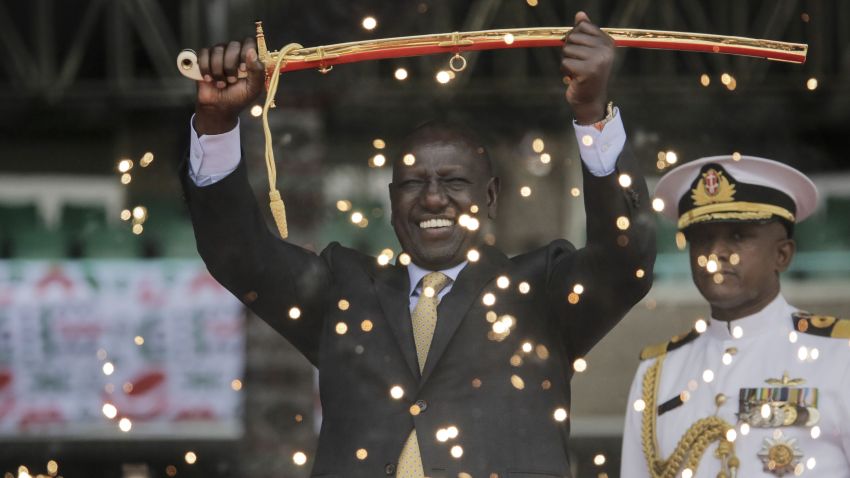Kenyan President William Ruto’s inauspicious first month in office has seen several false starts, unforced errors and warning signs, confirming for some observers that the widespread popular disillusionment that drove voter turnout in August’s presidential election to its lowest level in 15 years was prescient.
Ruto was sworn in on Sept. 13 amid significant goodwill, considerable fanfare and sky-high expectations. His inauguration completed a peaceful transfer of power from his predecessor, Uhuru Kenyatta, after a contentious election campaign in which Kenyatta—in whose government Ruto served as deputy president—endorsed Ruto’s opponent, former Prime Minister Raila Odinga.
In his inaugural address, Ruto reiterated the major themes of his presidential campaign, in which he positioned himself as a “hustler” challenging Kenya’s elite political “dynasties” like the Kenyattas and Odingas. He pledged to jumpstart a sluggish economy burdened by a sharp rise in the price of food, fuel and other commodities, a depreciation of the Kenyan shilling, pricey subsidies that are increasing the government’s growing expenditures and a ballooning debt profile that totals more than $70 billion.

